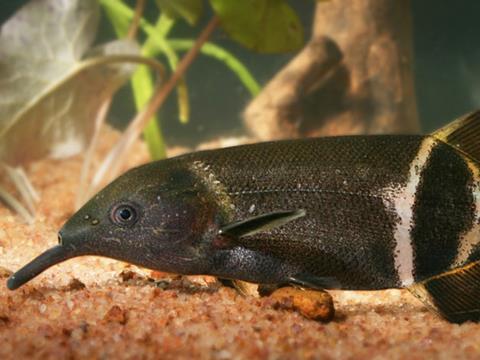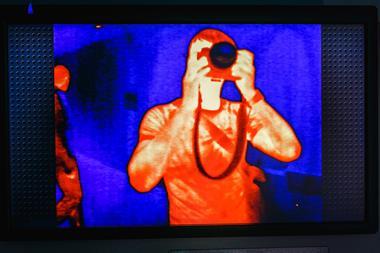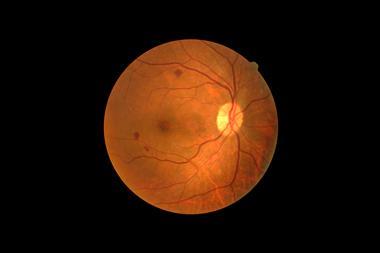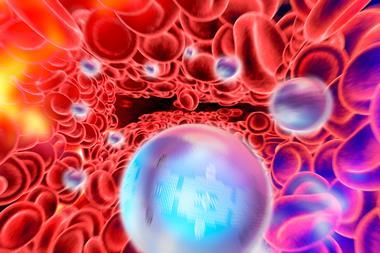
Most vertebrates use both rods and cones in their eyes although in different ratios – the rods are very sensitive to light and so predominate in eyes adapted for darkness, whereas cones are less sensitive and more can be found in eyes adapted to the daytime. Usually, both rods and cones lie on the surface of the retina. Some types of fish, however, arrange their cones into cup-shaped structures with the rods hidden behind the retina.
By using microscopy, simulations and spectral measurements of the retina of Gnathonemus petersii the mystery of the cup structures has been solved. The structures create photonic crystals that allow both the rods and cones to be used at the same time by amplifying certain wavelengths of light to match the sensitivities of the different photoreceptors. Their crystal eyes make it easier for the fish to spot predators in dim murky water.
The research is published in Science.








No comments yet